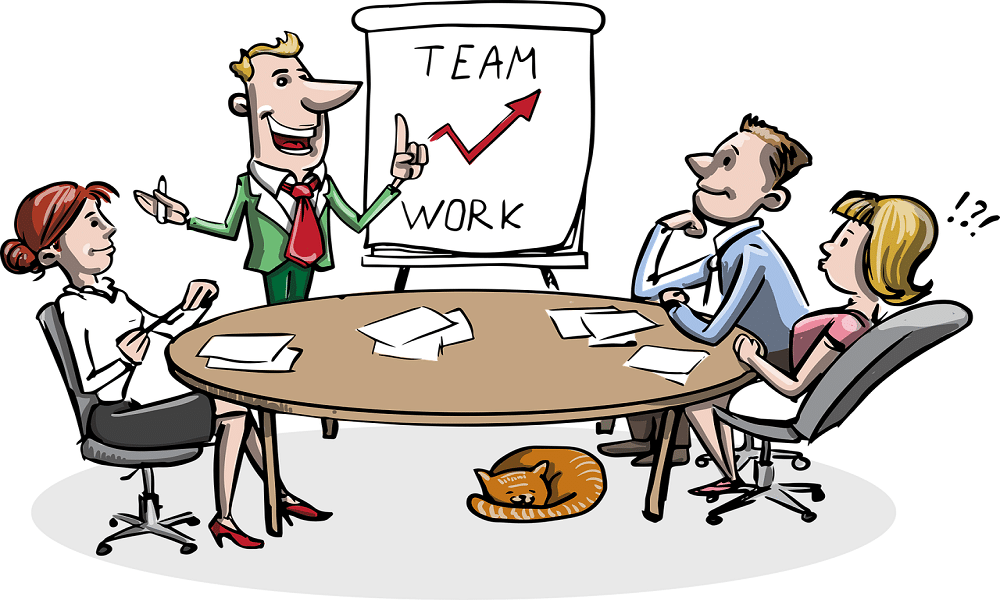Establishing a bond with your team is vital to facilitate communication and enhance employee engagement. When employees feel listened to, appreciated, and understood, their productivity and job satisfaction soar. However, mastering the art of communication can be quite a challenge. In this post, you’ll find tips that can help managers and leaders connect effectively with their teams.
1. Promoting Open Communication
If you wish to go beyond just the employee engagement definition and work for it, you must cultivate a culture of communication. Leaders must create an environment where team members feel at ease expressing themselves. Encourage one-on-one meetings or feedback sessions to address any concerns or share ideas. Make it explicitly clear that you value their opinions and consider all feedback as an opportunity for growth.
2. Listening
Active listening serves as the foundation for communication. Display interest when a team member speaks by maintaining eye contact, acknowledging with nods, and providing cues like “I understand” or “Please elaborate.” Restating what someone has said in your words also demonstrates attentiveness while helping clarify any misunderstandings.
3. Tailoring Your Message
Recognize that different individuals resonate with different types of information; hence, it’s crucial to customize your message. Consider taking into account the strengths, preferences, and learning styles of each team member when sharing information or providing feedback. Some individuals may prefer written instructions, while others thrive in face-to-face discussions or with the aid of materials. By adapting your communication approach, you can ensure clarity and promote engagement among team members.
4. Use Language that is Clear and Concise
Effective communication relies on being clear and concise. Avoid using jargon or technical terms that might confuse team members who are not familiar with them. Instead, opt for language that everyone can understand without compromising the accuracy of your message.
5. Pay Attention to Nonverbal Cues
Verbal communication alone may not fully convey our thoughts and emotions—verbal cues also play a significant role. Be mindful of your body language and facial expressions when interacting with your team. Remember that crossed arms, posture, or lack of eye contact can indicate disengagement or an unapproachable demeanor.
6. Implementing Effective Feedback
Feedback is crucial for employee engagement and growth; however, delivering feedback requires skill. Focus on providing criticism and frame it in a way that encourages improvement rather than discourages the recipient.
7. Embrace the Power of Digital Communication Tools
In today’s era, harnessing technology can greatly enhance communication within teams. Platforms such as project management tools, instant messaging apps, and video conferencing software enable collaboration among team members who may be working remotely or in different locations. By utilizing these tools, we can foster lines of communication. Promote transparency among team members.
8. Ensure Clear Expectations
One common challenge in maintaining employee engagement is expectations. To tackle this issue, it is crucial to ensure that team members have an understanding of their roles and responsibilities within the organization. This can be achieved by setting goals and providing updates on progress towards those objectives.
9. Resolve Conflicts
Conflict within teams can have an impact on employee engagement and morale unless addressed promptly and effectively. Encouraging dialogue by mediating discussions between parties (while remaining impartial) can help resolve conflicts efficiently. It is important to provide space for everyone to express their concerns openly while actively seeking resolutions that benefit the team.
Wrap up
By establishing relationships based on communication, we lay the foundation for better employee engagement and overall success within organizations.
By promoting channels of communication listening, customizing your message using concise language, being aware of non-verbal signals, employing effective feedback techniques leveraging digital communication tools, clarifying expectations, and promptly resolving conflicts—you cultivate an atmosphere where each team member feels appreciated, listened to, and represented. Developing communication skills requires dedication and work; however, the rewards are invaluable as they set the stage for an engaged and driven team poised to accomplish organizational objectives.


